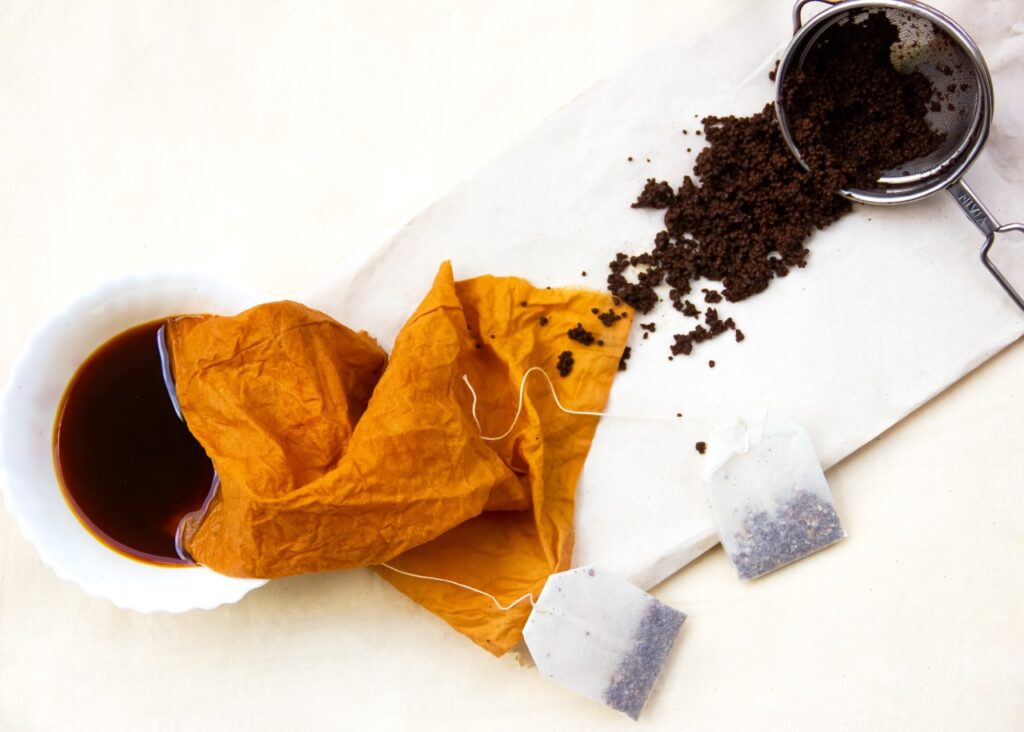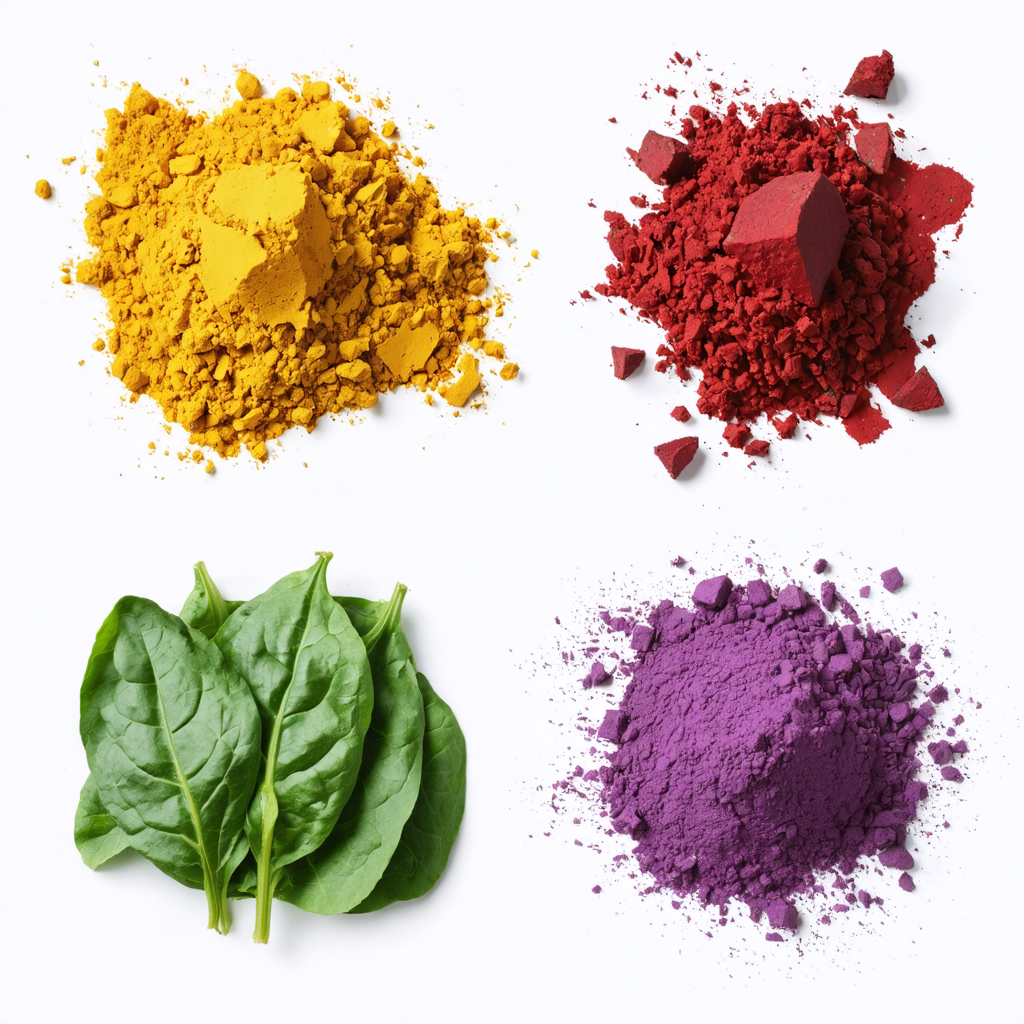Santa color colours can be used to make natural dyeing for the variety of fabrics. You can dye materials in any colour combination you wish!
Table of Contents
ToggleWhat You need to have knowledge about
Natural resources can’t be used to colour every fabric. The greatest ones to utilise are those that are composed of natural materials. Cotton, silk, wool, and linen are the best dye acceptors.
Synthetic mixes can be dyed, however they are usually lighter in colour. If you’re not sure and are willing to take a chance on the object you want to dye, go ahead and do it. If it’s a precious item, look for a similar scrap of fabric and test it first.
Our Natural Colors You can use
- Brown: dandelion roots
- Pink: Red Dragon
- Blue: Phcocyanin, red cabbage, Red-brown: pomegranates, beets, bamboo, hibiscus (reddish color flowers), bloodroot
- Green: Chlorophyll
- Yellow: paprika, turmeric.
What is the steps we should follow
You’ll want to prepare the fabric before you begin the dyeing procedure. To begin, wash the fabric. But don’t dry it; it has to be damp. Then make your fixative, often known as a “mordant.” This will make it easier for the fabric to absorb natural dyes. Salt should be used for berries, while vinegar should be used for any other plant material. Here are the measurments!
- 1/2 cup salt, dissolved with 8 cups cold water
- 1 part white vinegar + 4 parts cold water = vinegar
For an hour, soak your damp fabric in the fixative solution. When finished, rinse with cool water. The fabric must then be dyed.
Precautions
Cover the surface of your work area with newspaper before you begin. I also cover my countertops with plastic sheeting because I don’t want to colour them. Wear gloves to ensure that you just colour the fabric and not your hands. Then, have your dye ready.
Dyeing Process
- In a large non-reactive pot, place the plant material (like stainless steel or glass). Keep in mind that the dye may discolour some pots and spoons, so only use them for dyeing.
- Double the amount of water in the pot as the plant material.
- Simmer for about an hour, or until the colour is dark and rich.Return the liquid to the pot after straining off the plant material.
- Place the fabric in the dye bath with care and bring to a moderate boil. Cook, stirring periodically, for about one hour.
- Make sure your cloth is in good shape. Remember that after it dries, it will be lighter. Allowing it to sit for an hour should yield beautiful colour, but darker hues can be created by allowing it to sit for extended periods of time, even overnight. After an hour, turn the pot off and let the fabric soak in the warm water for as long as it needs to.
- Remove the fabric and wash it in cold water once you’ve achieved the desired hue. As the extra dye is washed off, expect the colour to run a little.
- Allow to dry as usual.
Learn more about our organic colors click Here.




